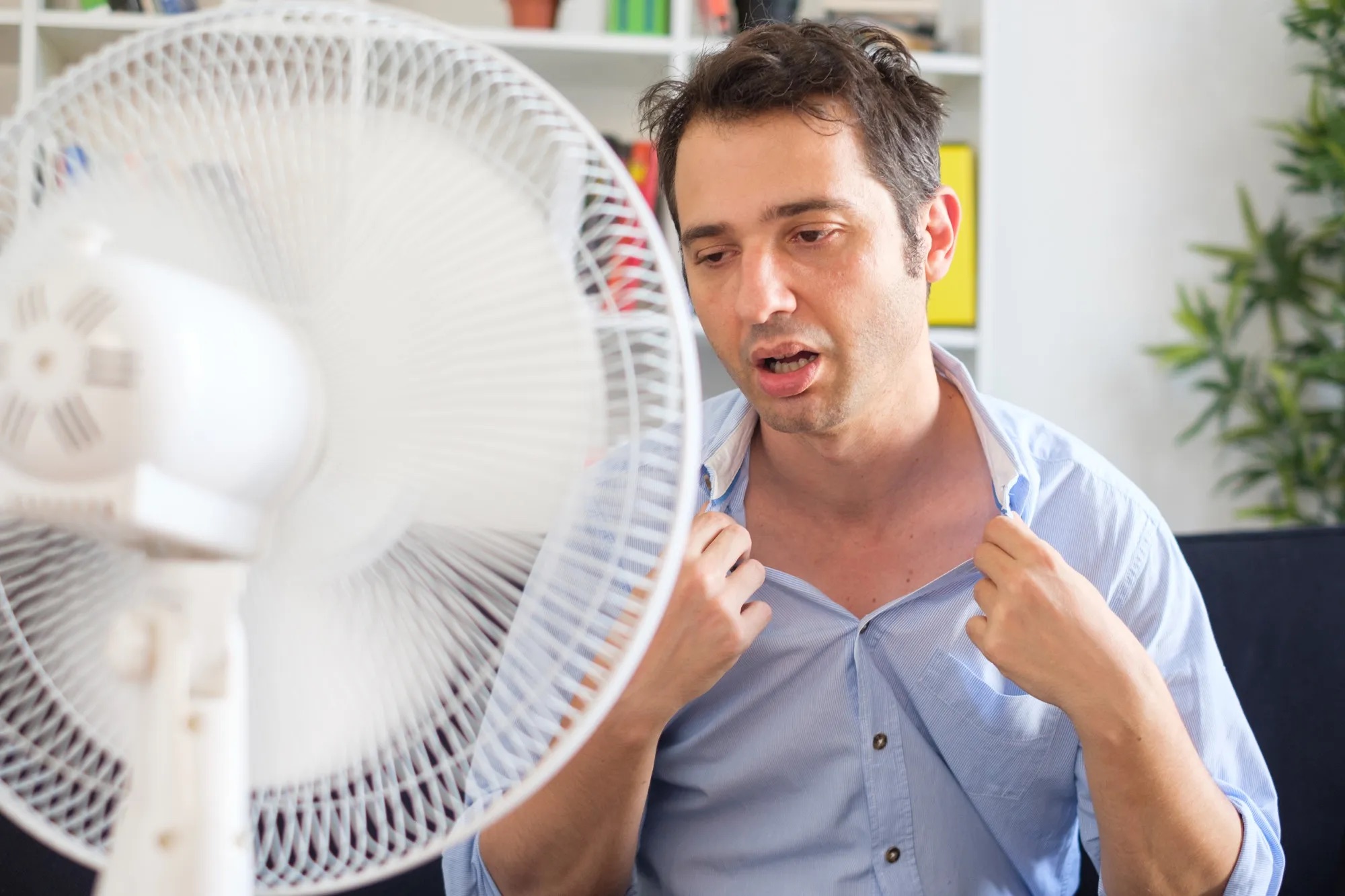

Articles
How To Cool Down Without AC
Modified: January 8, 2024
Discover effective ways to cool down your home without relying on air conditioning. Read our articles for expert tips on beating the heat naturally.
(Many of the links in this article redirect to a specific reviewed product. Your purchase of these products through affiliate links helps to generate commission for Storables.com, at no extra cost. Learn more)
Introduction
In the scorching heat of summer, finding ways to cool down and beat the heat becomes a top priority. While air conditioning may be a popular choice for immediate relief, it can be expensive to run and have negative environmental effects. Fortunately, there are natural and sustainable ways to cool down without relying on AC. By implementing a few simple strategies, you can create a comfortable and refreshing environment without increasing your carbon footprint or breaking the bank.
In this article, we will explore various techniques to cool down naturally, allowing you to enjoy the summer season while staying cool and comfortable. From adjusting your clothing choices to optimizing your home’s ventilation, we’ll guide you through practical and effective methods that don’t require relying solely on air conditioning. So, let’s dive in and discover how to beat the heat without AC!
Key Takeaways:
- Embrace natural cooling methods like staying hydrated, creating a cross breeze, and using cooling fabrics to stay comfortable in hot weather while reducing energy consumption and environmental impact.
- Avoid heat-generating activities, seek shade, and utilize cooling techniques for the body to stay cool without relying heavily on air conditioning, promoting sustainability and environmental consciousness.
Read more: How To Cool Down Apartment Without AC
Understanding the Importance of Cooling Down
Cooling down is essential for maintaining our body’s temperature within a comfortable range and preventing overheating. When temperatures rise, our bodies naturally sweat to cool us down through evaporation. However, in extremely hot conditions, this natural cooling mechanism may not be sufficient, leading to discomfort, dehydration, and even heat-related illnesses such as heat exhaustion or heatstroke.
While air conditioning provides instant relief from the heat, it is not always accessible or environmentally friendly. Additionally, excessive reliance on AC can lead to increased energy consumption, contributing to climate change and higher energy bills. By understanding the importance of cooling down and exploring natural alternatives, we can find sustainable ways to stay cool and reduce our environmental impact.
Cooling down is not only important for our physical well-being but also for our mental health. High temperatures can cause irritability, fatigue, and difficulty concentrating, making it challenging to perform daily tasks and enjoy outdoor activities. By implementing natural cooling methods, we can create a more comfortable and pleasant environment that promotes overall well-being and productivity.
Moreover, reducing our reliance on air conditioning can have a positive impact on the environment. AC units typically use refrigerants that contribute to the depletion of the ozone layer and emit greenhouse gases that contribute to global warming. By exploring alternative solutions, we can reduce our carbon footprint and contribute to conservation efforts.
By understanding the importance of cooling down and embracing natural cooling techniques, we can create a more sustainable and comfortable living environment. In the following sections, we will explore several effective methods to cool down without AC, allowing us to beat the heat while minimizing our impact on the planet.
Natural Ways to Cool Down Without AC
When faced with hot weather, it’s important to explore natural methods to cool down without solely relying on air conditioning. By implementing these strategies, you can create a comfortable and refreshing environment while also reducing your energy consumption and environmental impact. Let’s take a look at some effective ways to cool down naturally:
- Stay Hydrated: One of the most important ways to cool down is to stay hydrated. Drink plenty of water throughout the day to replenish lost fluids due to sweating. You can also enjoy hydrating foods such as watermelon and cucumbers for an extra refreshing boost.
- Create a Cross Breeze: Open multiple windows in your home to create a cross breeze that allows fresh air to circulate. Position a fan strategically to enhance the airflow and create a cooling effect.
- Utilize Fans and Ventilation: Place fans strategically around your living space to create air movement. Ceiling fans, standing fans, and desk fans can all help to circulate the air and provide a cooling breeze.
- Optimize Your Windows and Curtains: During the hottest parts of the day, keep your windows closed to prevent warm air from entering. As the temperature drops in the evening, open your windows to allow fresh cool air inside. Use light-colored or reflective curtains to block out sunlight and reduce heat transfer.
- Use Cooling Fabrics and Bedding: Opt for breathable fabrics such as cotton or linen for your clothing and bedding. These natural fibers allow air to circulate and wick away moisture, keeping you cool and comfortable.
- Adjust your Clothing Choices: Wear loose-fitting and lightweight clothing made of natural materials. Avoid dark colors as they absorb heat. Opt for light-colored and loose clothing that reflects sunlight and allows your skin to breathe.
- Take Advantage of Shade: When spending time outdoors, seek shade under trees or use umbrellas to protect yourself from direct sunlight. Shade can significantly lower the surrounding temperature, making it more comfortable to relax and enjoy outdoor activities.
- Avoid Heat-Generating Activities: During the hottest parts of the day, avoid engaging in activities that generate heat, such as using the oven or stove. Opt for cooler cooking methods such as grilling outdoors or preparing chilled meals to minimize heat buildup in your home.
- Utilize Cooling Techniques for the Body: Apply cold compresses or use a spray bottle filled with cold water to spritz your face, neck, and wrists. Taking cool showers or placing your feet in a basin of cold water can also help lower your body temperature and provide instant relief.
By incorporating these natural cooling methods into your routine, you can create a more comfortable and refreshing living environment, even without AC. Embrace these strategies to beat the heat while also minimizing your energy consumption and reducing your impact on the planet.
Stay Hydrated
When it comes to staying cool in hot weather, one of the most important things you can do is to stay hydrated. Our bodies rely on water to regulate body temperature and cool down through sweat evaporation. Drinking plenty of water throughout the day is crucial to replenish the fluids lost through perspiration.
During hot weather, the risk of dehydration increases as our bodies work harder to stay cool. When we become dehydrated, our body’s ability to regulate temperature becomes compromised, making us more susceptible to heat-related illnesses such as heat exhaustion or heatstroke. To prevent dehydration and stay cool, follow these tips:
- Drink water regularly: Aim to drink at least 8 glasses of water per day, and increase your intake during hot weather or physical activity. Keeping a water bottle nearby can serve as a reminder to stay hydrated throughout the day.
- Set hydration goals: If you struggle to drink enough water, set specific goals for yourself. For example, aim to finish one glass of water every hour or drink a full bottle of water before each meal.
- Include hydrating foods in your diet: Along with drinking water, incorporate hydrating foods into your meals. Fruits and vegetables with high water content, such as watermelon, cucumber, citrus fruits, and leafy greens, can help keep you hydrated.
- Avoid dehydrating beverages: Limit your intake of dehydrating drinks like alcohol, caffeinated beverages, and sugary drinks. These can increase your body’s fluid loss and make it harder to stay hydrated.
- Infuse water for added flavor: If you find plain water boring, infuse it with fresh fruits, herbs, or cucumber slices to add a refreshing twist. This can make drinking water more enjoyable and encourage you to consume more.
- Monitor urine color: Pay attention to the color of your urine as it can be an indication of your hydration levels. Clear or light-colored urine generally indicates proper hydration, whereas dark-colored urine may indicate dehydration.
By staying hydrated, you not only support your body’s natural cooling processes but also improve overall well-being. Proper hydration helps keep your body functioning optimally, allowing you to stay cool, energized, and focused on those hot summer days. So, make sure to prioritize drinking plenty of water and incorporating hydrating foods into your daily routine.
Create a Cross Breeze
Creating a cross breeze in your living space is a simple and effective way to cool down without relying on air conditioning. A cross breeze occurs when you allow fresh air to circulate through your home by strategically opening windows and doors. Here’s how you can create a refreshing cross breeze:
- Understand your home’s airflow: Take note of the natural airflow patterns in your home. Identify which windows or doors allow air to enter and exit most effectively. This will help you determine the best spots to open for optimal cross ventilation.
- Choose windows strategically: In order to create a cross breeze, open windows on opposite sides of your living space. For example, open windows at opposite ends of a room or on different floors to encourage air to flow through.
- Use fans to enhance airflow: Place fans strategically to enhance the cross breeze. Position a fan facing inward near an open window to draw cool air into the room. Place another fan facing outward near a different open window to push hot air out.
- Adjust windows and doors: Experiment with partially opening windows and doors to control the airflow. This allows you to adjust the intensity and direction of the breeze. By opening windows slightly on one side and fully on the other side, you can create a stronger breeze.
- Consider exterior doors: In addition to windows, open exterior doors to create a larger airflow pathway. This can be especially effective if there are doors located on opposite sides of your home.
- Time your cross breeze: Plan your cross breeze strategy according to the outside temperature and time of day. Open windows during the cooler parts of the day, such as early morning or evening, and close them during the hottest parts when the air is stagnant.
- Use screens and bug nets: Keep bugs and insects out of your home by using screens or bug nets on windows and doors. This allows you to enjoy the fresh air without inviting unwanted critters.
- Experiment with different setups: Every living space is unique, so it may take some trial and error to find the best cross breeze setup for your home. Keep experimenting with different window configurations and fan placements until you find the most effective arrangement.
By creating a cross breeze, you can improve the airflow in your home and promote natural cooling. This technique allows fresh air to enter while exhausting hot air, resulting in a refreshing and comfortable environment. Combined with other natural cooling strategies, such as using fans and optimizing your windows and curtains, a cross breeze can significantly reduce the need for air conditioning and help you stay cool during hot weather.
Utilize Fans and Ventilation
Fans and proper ventilation are key elements in cooling down your living space without the need for air conditioning. By strategically using fans and maximizing natural ventilation, you can create a comfortable and breezy atmosphere. Here are some tips to utilize fans and ventilation effectively:
- Place fans strategically: Position fans strategically in your home to maximize air circulation. Place fans near windows and doors to draw in cool air from outside and push out hot air. Use multiple fans to create cross ventilation and keep air moving throughout your living space.
- Opt for ceiling fans: Ceiling fans are excellent for cooling down a room as they create a gentle breeze that can make the space feel several degrees cooler. Set your ceiling fans to rotate counterclockwise in the summer to push air downward and create a cooling effect.
- Invest in portable fans: Portable fans are versatile and can be placed in any room or area where you need a burst of cool air. Use them in bedrooms, living rooms, or home offices to stay comfortable and refreshed.
- Utilize window fans: Window fans can be installed in windows to draw in fresh air and exhaust hot air. Position the fan facing outward during the day to expel warm air, and reverse the airflow at night to bring in cooler air from outside.
- Create a wind tunnel effect: To create a powerful cooling effect, position a box fan or window fan in a window on one side of your home, facing inward. Open windows on the opposite side of your home to allow for airflow. This creates a wind tunnel effect, where fresh air is drawn in from one side and hot air is pushed out from the other.
- Remember the power of oscillating fans: Oscillating fans are a great choice for providing widespread cooling. Their rotating feature helps distribute airflow throughout the room, providing a more refreshing breeze.
- Use fans in conjunction with other techniques: Fans work best when used in combination with other cooling methods. For example, placing a fan in front of a bowl of ice can create a DIY air conditioner, providing a cool and misty breeze. Experiment with different setups to find what works best for you.
- Maximize natural ventilation: Open windows and doors to let in natural breezes. Take advantage of cooler evenings and early mornings to allow fresh air to circulate throughout your home. Properly aligned windows and doors can create a natural airflow that helps cool down your living space.
By utilizing fans and ventilation, you can achieve a cool and comfortable environment without the need for air conditioning. These methods not only provide relief from the heat but also reduce energy consumption and reliance on artificial cooling. Combine these techniques with other natural cooling strategies to optimize your home’s comfort and energy efficiency.
Optimize Your Windows and Curtains
Your windows and curtains play a significant role in regulating the temperature and airflow in your home. By optimizing them, you can create a more comfortable and cool living space. Here are some tips to help you maximize the cooling potential of your windows and curtains:
- Seal any gaps: Check your windows for any gaps or cracks that may allow warm air to enter or cool air to escape. Seal these gaps using weatherstripping or caulking to improve the efficiency of your windows and prevent heat transfer.
- Insulate your windows: Use window insulation film or thermal blinds to reduce heat transfer through your windows. These products create a barrier that prevents warm air from infiltrating your living space and blocks harmful UV rays.
- Add reflective window film: Reflective window film can help block out sunlight and reduce the amount of heat that enters your home. It reflects the sun’s rays, keeping your interior cooler and more comfortable.
- Install window awnings or shades: Exterior window awnings or shades can provide shade and block direct sunlight from entering your home. They can be particularly effective in areas with intense sunlight, helping to keep your home cooler.
- Adjust your curtains: Use light-colored, reflective curtains to block out sunlight during the hottest parts of the day. Close them when the sun is directly shining into your windows to reduce heat gain. In the evening or when the temperature drops, open your curtains to allow for natural ventilation and cooling.
- Consider blackout curtains: Invest in blackout curtains for bedrooms or areas where you desire complete darkness and privacy. These curtains not only block out sunlight but also help to insulate the room and keep it cooler.
- Use sheer curtains: Sheer curtains can be used during the day to allow natural light into your home while still providing privacy. They provide a layer of protection against direct sunlight while allowing for better airflow and ventilation.
- Create shade with exterior landscaping: Planting trees or installing exterior shades can provide natural shading for your windows, reducing the amount of direct sunlight that enters your home. This can significantly lower the temperature indoors and minimize the need for artificial cooling.
- Combine curtains and fans: Use curtains in combination with fans to enhance their cooling effect. Position a fan near an open window and use the curtains to direct the airflow, pulling in cool air or pushing out hot air.
- Keep windows closed during peak heat: When temperatures soar during the hottest parts of the day, keep your windows closed to prevent warm air from entering your home. Open them in the evening or during cooler periods to allow for natural ventilation and to bring in fresher air.
By optimizing your windows and curtains, you can minimize the amount of heat that enters your home and create a more comfortable indoor environment. These simple adjustments allow you to take advantage of natural light and ventilation while keeping your space cool and energy-efficient. Combine these strategies with other natural cooling techniques to maximize their effectiveness and stay cool without relying heavily on air conditioning.
Open windows at night to let in cool air, then close them during the day to keep the heat out. Use fans to circulate the air and create a cooling breeze.
Use Cooling Fabrics and Bedding
The fabrics and bedding materials you choose can significantly impact your sleeping comfort and overall temperature regulation. By opting for cooling fabrics and bedding, you can create a more comfortable and refreshing sleep environment. Here are some tips to help you stay cool with the right fabric choices:
- Choose natural, breathable fabrics: Opt for natural fabrics such as cotton, linen, or bamboo for your sheets, pillowcases, and duvet covers. These materials have excellent breathability, allowing air to circulate and moisture to evaporate, keeping you cool and sweat-free.
- Consider moisture-wicking fabrics: Look for bedding that is specifically designed to wick away moisture, such as moisture-wicking sheets or mattress protectors. These fabrics help absorb sweat and keep you dry and comfortable throughout the night.
- Use lighter-colored bedding: Lighter-colored bedding reflects heat more effectively than dark-colored ones. Choose lighter shades for your sheets and covers to help prevent heat absorption and keep your bed cooler.
- Opt for a lightweight summer blanket: Instead of heavy comforters or thick blankets, choose a lightweight summer blanket made of breathable materials. It will provide just enough coverage to keep you comfortable without trapping excess heat.
- Invest in a cooling mattress topper or pad: A cooling mattress topper or pad can provide an additional layer of temperature regulation. These products often utilize cooling gel, breathable materials, or ventilation technology to help dissipate heat and keep your body cool.
- Consider a buckwheat or bamboo pillow: Buckwheat or bamboo pillows are known for their cooling properties. These types of pillows allow for better air circulation, preventing heat buildup and providing a cooler sleeping surface.
- Use a cooling pillowcase: Cooling pillowcases made of materials like bamboo or silk can help regulate temperature and keep your head and neck cool throughout the night.
- Keep bedding clean and fresh: Regularly wash your bedding to remove sweat, dust, and allergens that can accumulate and trap heat. Clean bedding offers a fresh and cooler sleeping environment.
- Freeze your sheets or pillowcases: On extremely hot nights, place your sheets or pillowcases in a plastic bag and freeze them for a short time before bed. Putting them on the bed or resting your head on a cool pillow can provide instant relief.
- Use a fan to increase airflow: Place a fan near your bed to enhance airflow and create a cooling breeze. This can help circulate air around your body and prevent the buildup of heat.
By using cooling fabrics and bedding, you can create a more comfortable and restful sleep environment. These materials promote air circulation, wick away moisture, and help regulate your body temperature, ensuring you stay cool and well-rested throughout the night. Combine these bedding choices with other natural cooling techniques for optimal heat relief.
Adjust your Clothing Choices
The clothes you wear can have a significant impact on how cool and comfortable you feel in hot weather. Making smart clothing choices can help regulate your body temperature and prevent overheating. Here are some tips to adjust your clothing choices for optimal comfort:
- Choose breathable, lightweight fabrics: Opt for clothing made from breathable fabrics such as cotton, linen, or silk. These natural materials allow air to circulate, keeping your body cool and minimizing sweat buildup.
- Go for loose-fitting clothing: Tight or restrictive clothing can trap heat against your body, making you feel hotter. Choose loose-fitting garments that allow air to flow freely and provide better ventilation.
- Opt for lighter colors: Light-colored clothing reflects sunlight and heat more effectively than dark-colored clothing. In hot weather, choose lighter shades such as white, pastels, or neutrals to help keep you cool.
- Avoid heavy layers: Minimize the number of layers you wear to prevent excessive heat buildup. Instead of wearing multiple garments, opt for lightweight and breathable clothing that allows for better airflow.
- Use moisture-wicking fabrics for activewear: If you engage in physical activities or exercise outdoors, choose clothing made from moisture-wicking fabrics. These materials help absorb sweat and allow it to evaporate quickly, keeping you dry and cool during your workouts.
- Wear a wide-brimmed sun hat: Protect your head and face from direct sunlight by wearing a wide-brimmed hat. This provides shade and prevents the sun from directly heating your body.
- Consider UPF-rated clothing: UPF-rated clothing is specially designed to provide sun protection by blocking harmful UV rays. Look for garments with a high UPF rating to shield your skin from the sun’s rays and reduce heat absorption.
- Dress in layers: While it may sound counterintuitive, dressing in light, breathable layers can actually help you stay cool. You can easily remove or adjust layers according to your comfort level and the changing weather conditions.
- Avoid synthetic fabrics: Synthetic fabrics like polyester or nylon tend to trap heat and can make you feel hot and sweaty. It’s best to avoid these materials, especially in hot and humid weather.
- Choose open-toe footwear: Allow your feet to breathe by wearing sandals, flip-flops, or open-toe shoes. This helps prevent heat buildup and allows for better air circulation.
By adjusting your clothing choices and opting for breathable fabrics, loose-fitting garments, and lighter colors, you can help regulate your body temperature and stay cool in hot weather. Remember to dress appropriately for the activity and the temperature, allowing yourself to enjoy the summer while keeping comfortable and refreshed.
Read more: How To Pump Down An AC Unit
Take Advantage of Shade
Seeking shade is a simple yet effective way to stay cool and protect yourself from direct sunlight during hot weather. By taking advantage of shade, you can significantly reduce your exposure to heat and create a more comfortable environment. Here are some tips to help you stay cool by maximizing shade:
- Stay indoors during the hottest parts of the day: The sun’s rays are most intense during midday, so it’s best to limit your outdoor activities during this time. Instead, plan your activities for the morning or late afternoon when the sun is less harsh.
- Use natural shade: Seek out shaded areas naturally created by trees, buildings, or other structures. These spots can provide significant relief from the sun’s heat and offer cooler temperatures.
- Use umbrellas or canopies: Carry a portable umbrella or set up a canopy at the beach, park, or outdoor events to create your own shade. This allows you to enjoy the outdoors while staying shielded from direct sunlight.
- Install shade sails or awnings: Consider installing shade sails or awnings in your backyard or patio area to create permanent shade structures. These can protect you from direct sunlight and make your outdoor space more comfortable and enjoyable.
- Create shade with outdoor curtains or blinds: Install outdoor curtains or blinds on your patio or porch to create shade and block the sun’s rays during peak hours. This can help keep the temperature cooler and protect you from direct heat.
- Use sunshades in your car: Park your car in shaded areas or use sunshades on your car’s windows to prevent the interior from becoming excessively hot. This helps keep your car cool and reduces the need for air conditioning.
- Take breaks in shaded areas: When spending time outdoors, take frequent breaks in shaded areas to give yourself a chance to cool down. This can prevent overheating and help you maintain a comfortable body temperature.
- Use outdoor gazebos or pergolas: Utilize gazebos or pergolas in your backyard to create shaded relaxation areas. These structures provide shelter from the sun and can be furnished with comfortable seating to create a cool and inviting outdoor space.
- Consider using shade cloth: Shade cloth can be attached to outdoor structures, such as fences or pergolas, to provide additional shade and block sunlight. This woven fabric allows air to pass through while reducing the heat intensity beneath it.
- Protect yourself with hats and umbrellas: When venturing outdoors, wear a wide-brimmed hat to protect your face and head from the sun’s rays. Carry an umbrella for added shade and portable protection.
By taking advantage of shade, you can significantly lower your exposure to direct sunlight and reduce the risk of heat-related issues. Whether it’s finding shade under a tree or creating your own shaded oasis, maximizing shade is a simple and effective way to stay cool and enjoy the outdoors safely during hot weather.
Avoid Heat-Generating Activities
During hot weather, it’s important to be mindful of activities that generate heat and increase the temperature in your living space. By avoiding or minimizing these heat-generating activities, you can help keep your environment cooler and more comfortable. Here are some tips to reduce heat buildup:
- Cook outside: Use outdoor grills, barbecues, or portable cooktops to prepare meals instead of using the oven or stove indoors. This helps prevent heat from accumulating in your kitchen and throughout your home.
- Opt for cold meals: Prepare refreshing and chilled meals that require little to no cooking. Salads, sandwiches, smoothies, and cold soups are excellent options for hot days.
- Minimize appliance usage: Appliances such as dishwashers, dryers, and washing machines generate heat when in use. Run them during the cooler parts of the day or opt for air-drying clothes to reduce heat buildup indoors.
- Limit the use of hot water: Hot showers or baths can increase the temperature in your home. Consider taking cooler showers or using lukewarm water to avoid adding unnecessary heat to your living space.
- Turn off electronics and lights: Electronics, especially computers and gaming consoles, generate heat when in use. Minimize their usage or turn them off when not needed. Additionally, switch to energy-efficient LED lights that emit less heat.
- Avoid using incandescent bulbs: Incandescent bulbs generate a significant amount of heat compared to energy-efficient alternatives such as LED or CFL bulbs. Replace traditional bulbs with these cooler options to reduce heat emissions in your home.
- Use natural light: During the day, take advantage of natural light instead of relying on artificial lighting. Open curtains and blinds to let in sunlight, but be sure to adjust them to block out direct sunlight to prevent heat gain.
- Unplug unused electronics: Even when turned off, some electronics continue to generate heat when plugged in. Unplug devices and chargers when not in use to minimize heat buildup.
- Limit physical activity: Strenuous exercise or physical activities that raise your body temperature can make you feel even hotter in hot weather. If possible, engage in outdoor activities during cooler times of the day, such as early morning or evening.
- Reduce or avoid heat-generating appliances: Appliances like hairdryers, curling irons, and clothes irons produce heat when in use. Minimize their use or, if necessary, use them in well-ventilated areas or near open windows to allow heat to escape.
By avoiding or minimizing heat-generating activities, you can keep your living space cooler and more comfortable during hot weather. These simple adjustments can help reduce heat buildup, making it easier to maintain a refreshing and pleasant environment without relying heavily on air conditioning.
Utilize Cooling Techniques for the Body
In addition to implementing strategies to cool down your living space, there are also various techniques you can use to directly cool your body. These methods help lower your body temperature and provide instant relief from the heat. Here are some effective cooling techniques for the body:
- Take cool showers or baths: A quick and refreshing way to cool down is by taking a cool shower or bath. The cool water helps lower your body temperature and provides immediate relief from the heat.
- Apply cold compresses: Place a cold compress or ice pack on your pulse points, such as your wrists, neck, or temples. This helps cool down the blood flowing to these areas, providing a cooling effect throughout your body.
- Use a spray bottle: Fill a spray bottle with cold water and mist your face, neck, and arms. The evaporation of the water off your skin helps cool you down quickly.
- Wear cooling towels or bandanas: Wet a towel or bandana with cold water and wrap it around your neck or forehead. These cooling accessories provide relief by lowering the temperature around your body.
- Stay in well-ventilated areas: Seek out areas with good airflow or use fans to create a breeze. Position a fan near you to enhance the cooling effect and promote air circulation.
- Stay hydrated: Drink plenty of water throughout the day to stay hydrated and help regulate your body temperature. Consider adding slices of refreshing fruits like lemon or cucumber to your water for added flavor.
- Utilize cooling clothing accessories: Wear or carry cooling accessories such as cooling neck wraps, hats with built-in cooling technology, or cooling sleeves. These products help lower your body temperature and provide relief in hot weather.
- Utilize handheld or portable fans: Carry a handheld fan or use a portable fan to create a personal breeze. Direct it towards your face or body for an instant cooling effect.
- Take frequent breaks: When engaging in physical activities or spending time outdoors, take regular breaks in shaded areas. This allows your body to rest and cool down before continuing any strenuous activities.
- Eat cooling foods: Incorporate cooling foods into your diet, such as watermelon, cucumber, mint, or citrus fruits. These foods have high water content and provide a refreshing sensation, helping to cool your body from the inside out.
By utilizing cooling techniques for the body, you can lower your body temperature and find relief from the heat. These methods are easy to implement and can be used whenever you need a quick cool down. Incorporate them into your routine alongside other natural cooling strategies for maximum comfort during hot weather.
Conclusion
Staying cool during hot weather doesn’t always have to rely on air conditioning. By implementing natural cooling methods, you can create a refreshing and comfortable living environment while minimizing your energy consumption and carbon footprint. Throughout this article, we’ve explored various strategies to cool down without AC, ranging from adjusting our clothing choices to optimizing our windows and utilizing fans and ventilation.
We learned the importance of staying hydrated to support our body’s natural cooling mechanisms and how creating a cross breeze can enhance airflow and circulation in our living spaces. Additionally, we discovered the benefits of using cooling fabrics and bedding to regulate body temperature while we sleep, and the value of seeking shade and avoiding heat-generating activities to minimize heat buildup in our environments.
Furthermore, we explored various cooling techniques for the body, such as taking cool showers or applying cold compresses, which provide instant relief from the heat and help lower our body temperature. By incorporating these methods into our lives, we can keep cool and comfortable even when the temperatures outside rise.
In conclusion, embracing natural cooling methods allows us to create a sustainable, energy-efficient, and comfortable living environment. By reducing our reliance on air conditioning, we can minimize our environmental impact and contribute to conservation efforts. So, whether it’s staying hydrated, optimizing our windows, or utilizing cooling techniques for the body, let’s embrace these strategies and enjoy the summer while staying cool and environmentally conscious.
Remember, staying cool doesn’t always mean relying on air conditioning. With a little creativity and intention, we can beat the heat while minimizing our impact on the planet. So, let’s embrace these natural cooling methods and keep cool in the most sustainable and refreshing ways possible.
Frequently Asked Questions about How To Cool Down Without AC
Was this page helpful?
At Storables.com, we guarantee accurate and reliable information. Our content, validated by Expert Board Contributors, is crafted following stringent Editorial Policies. We're committed to providing you with well-researched, expert-backed insights for all your informational needs.
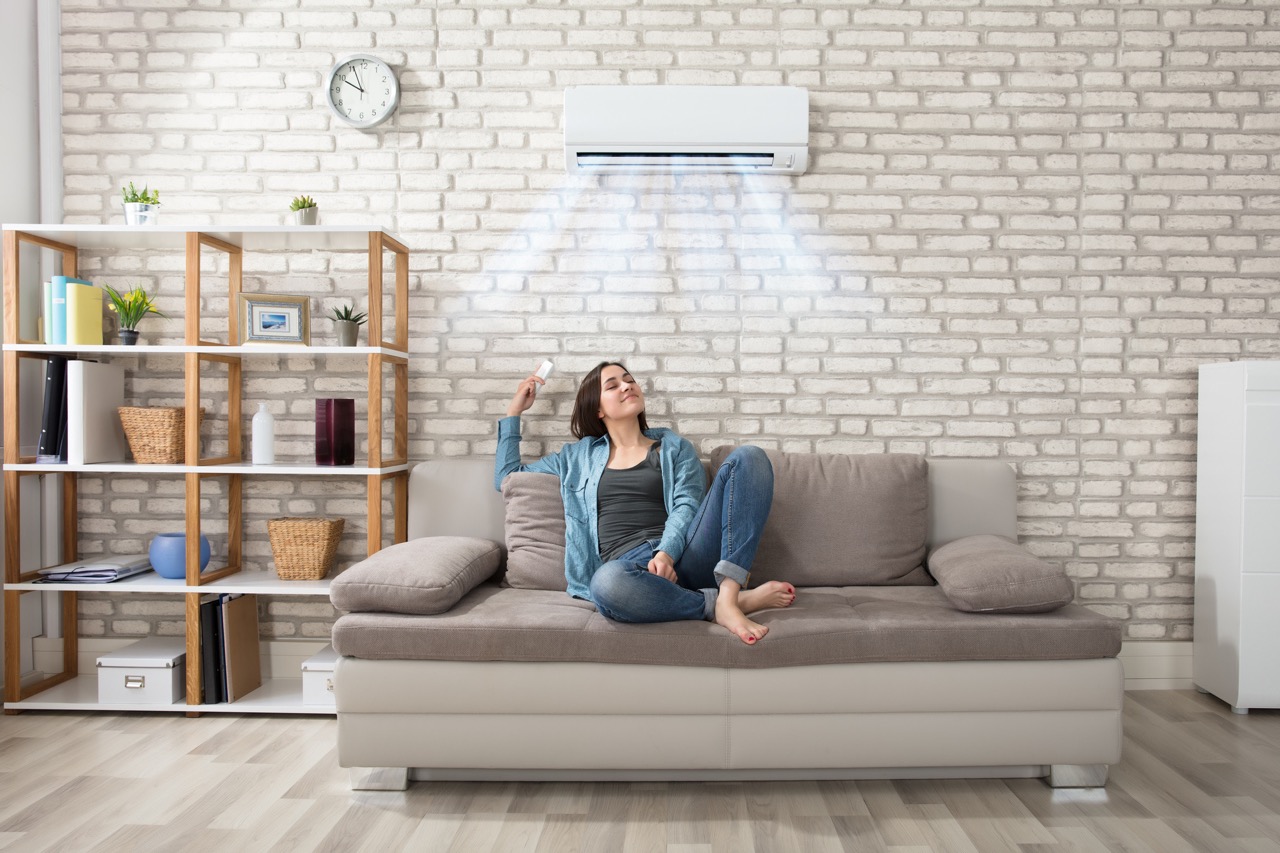
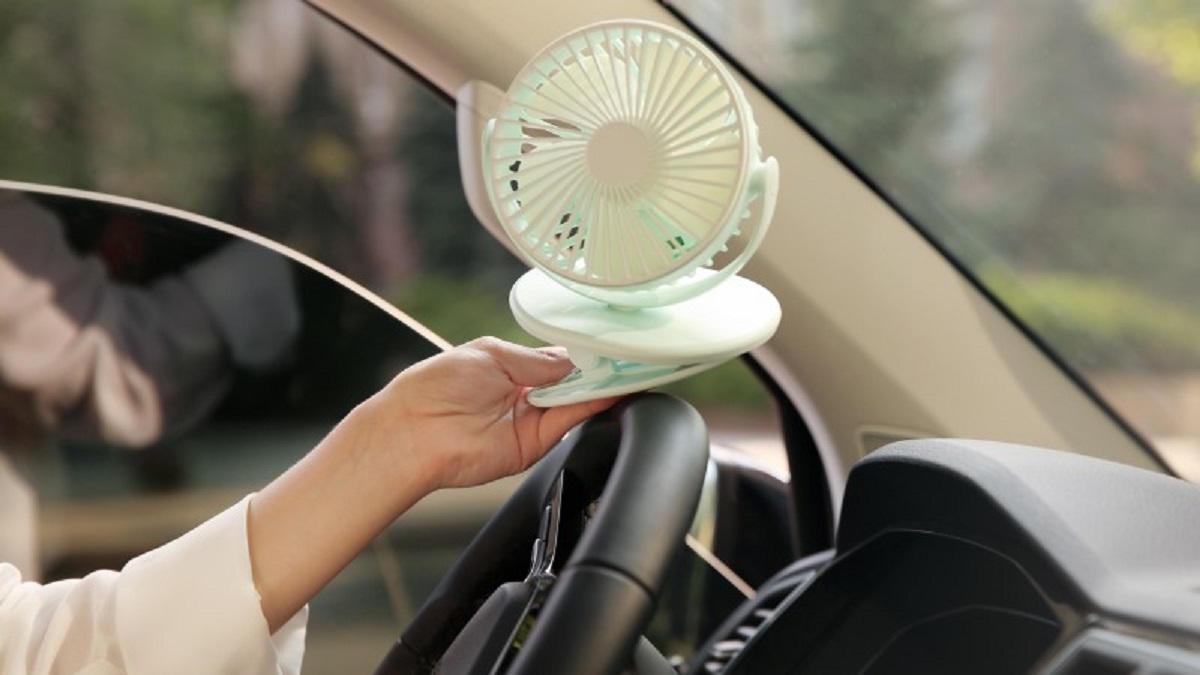
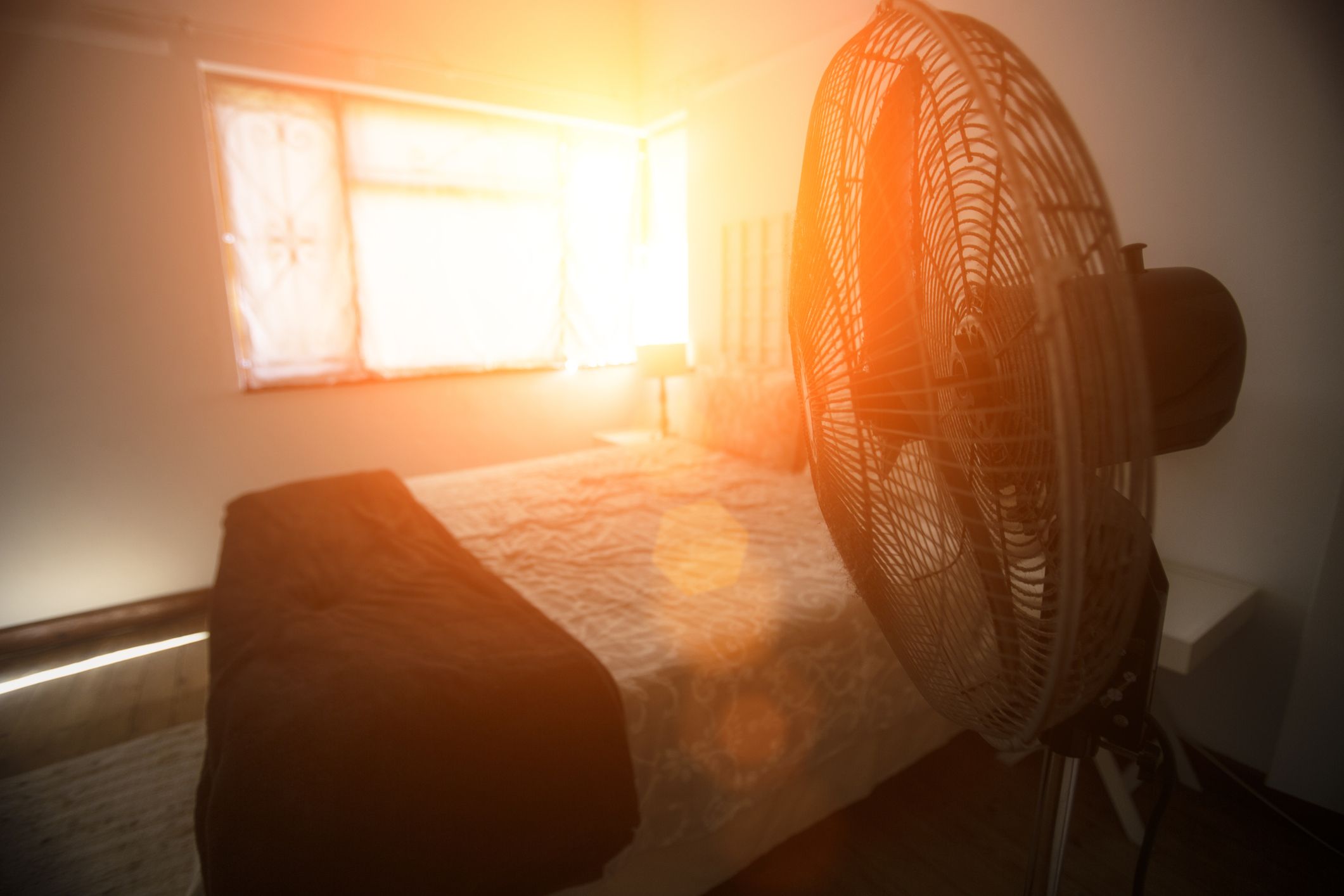
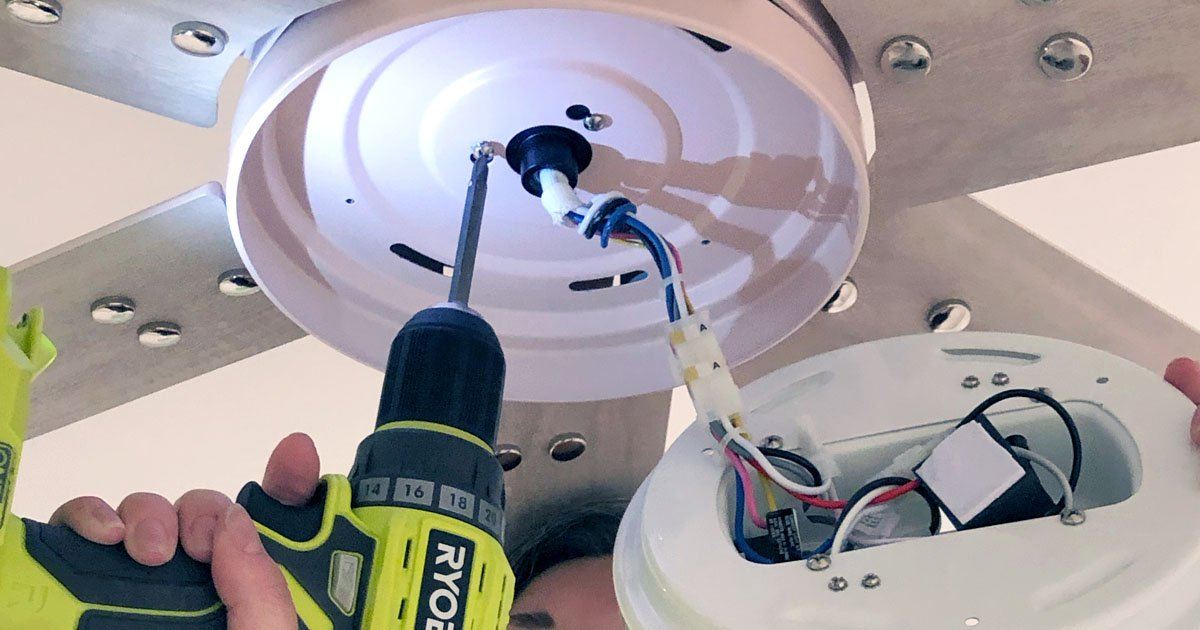
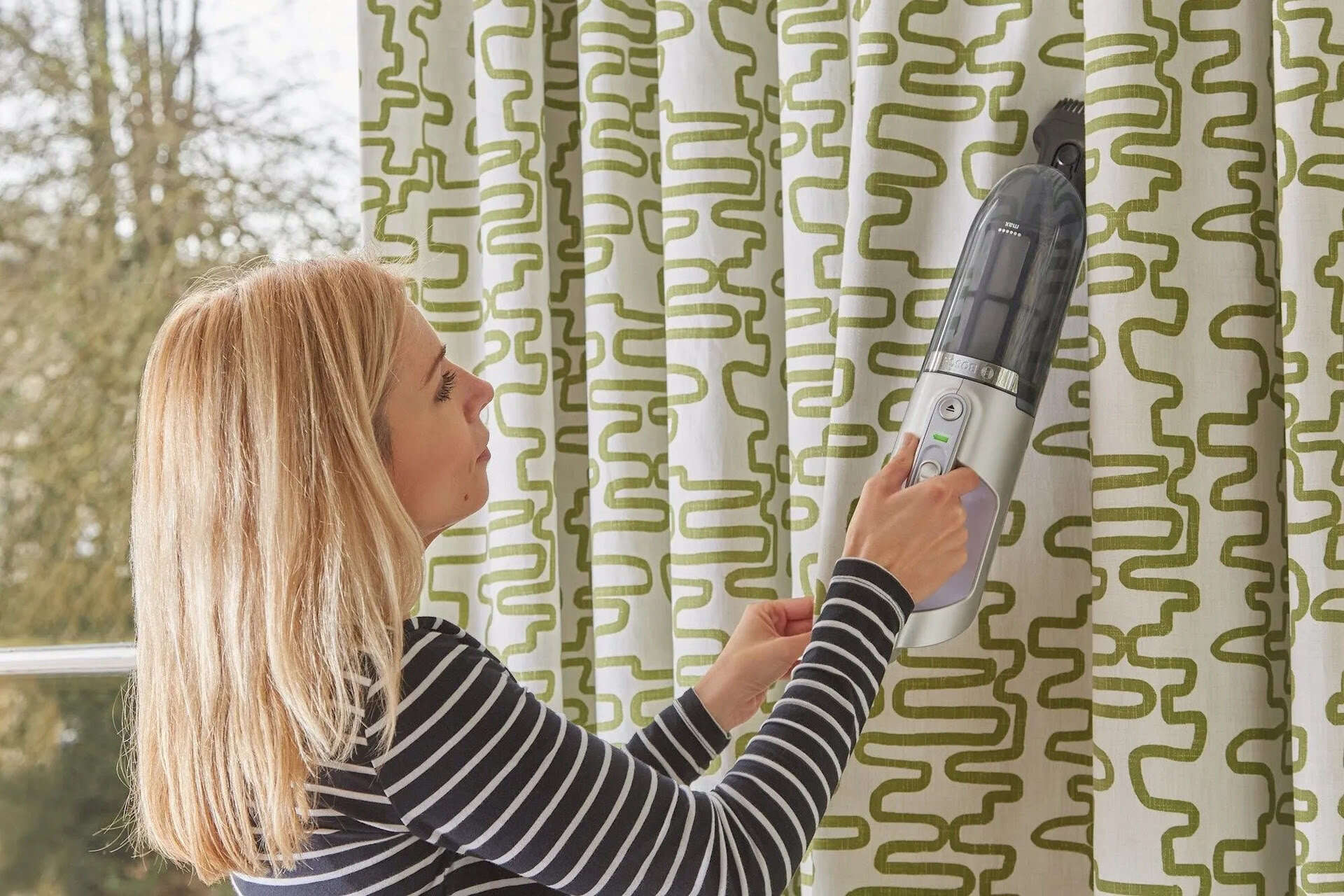
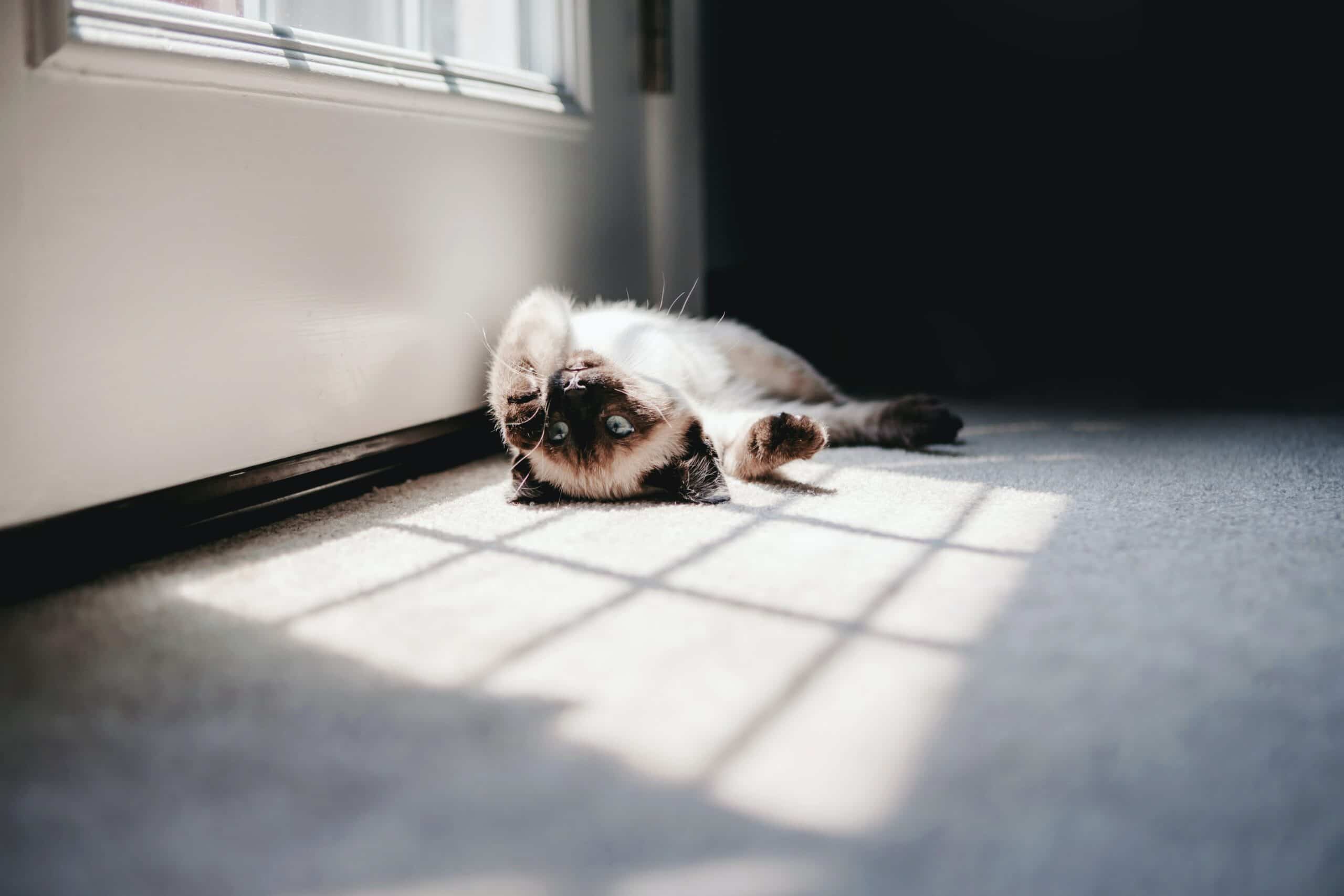
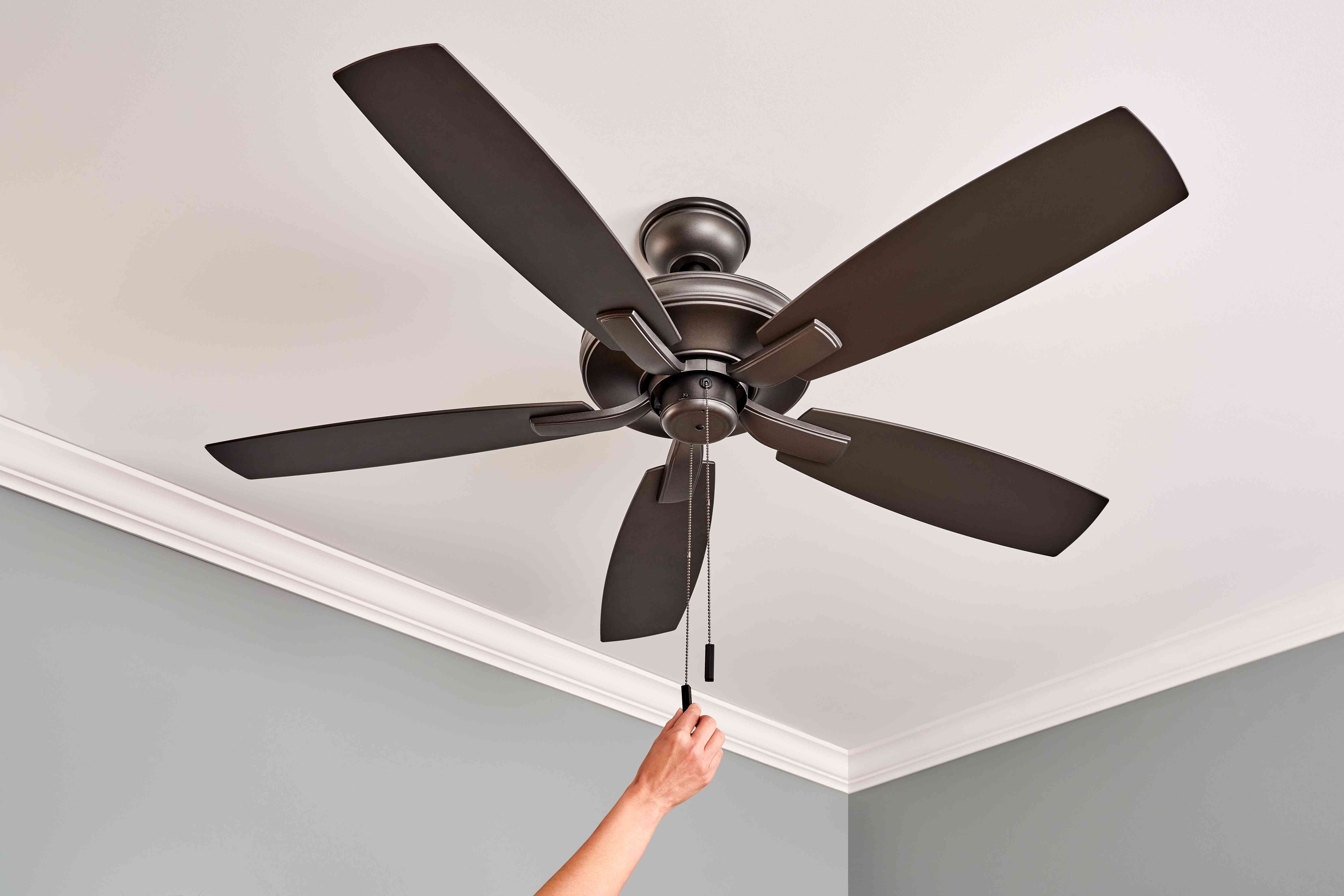
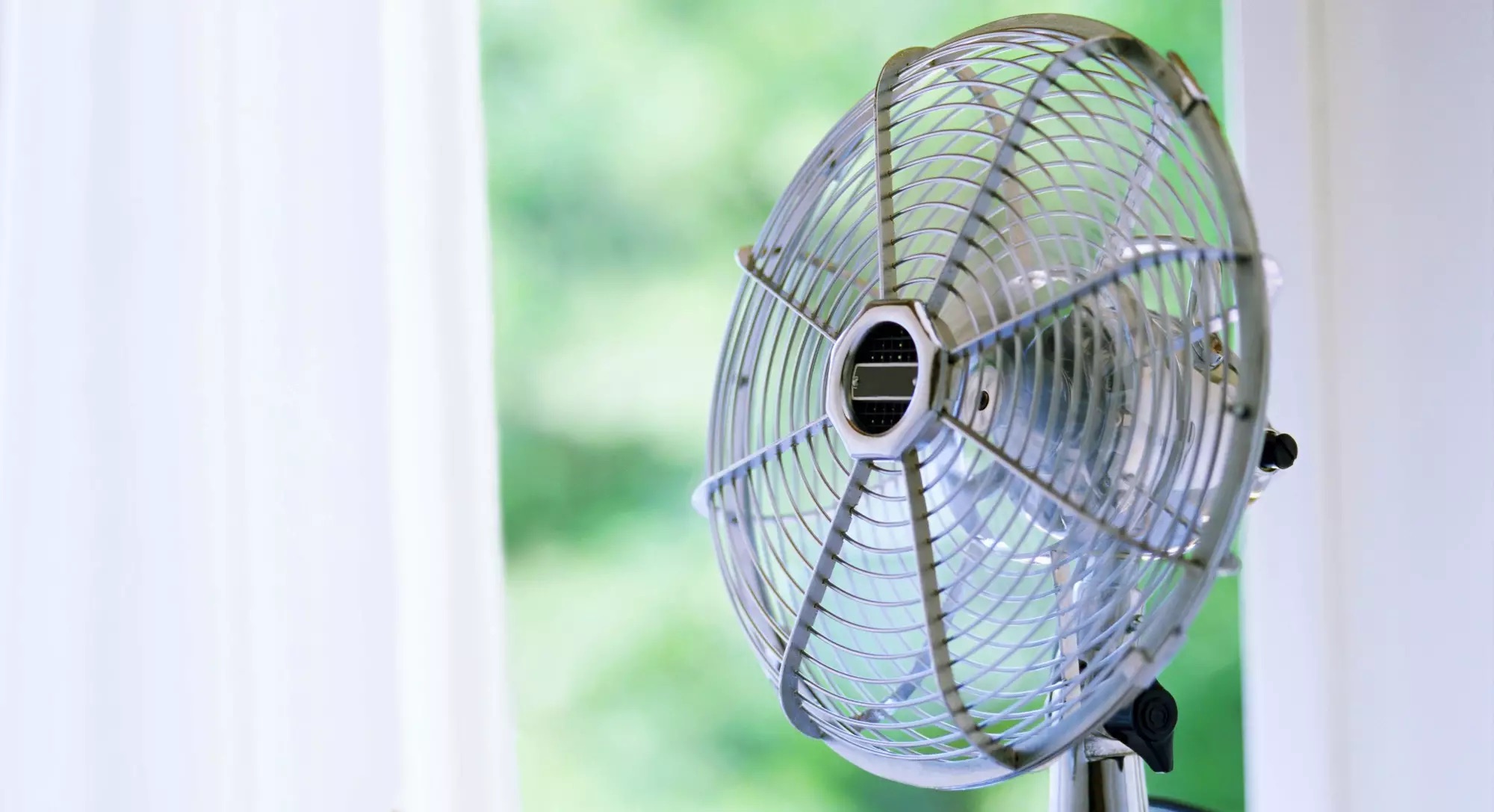
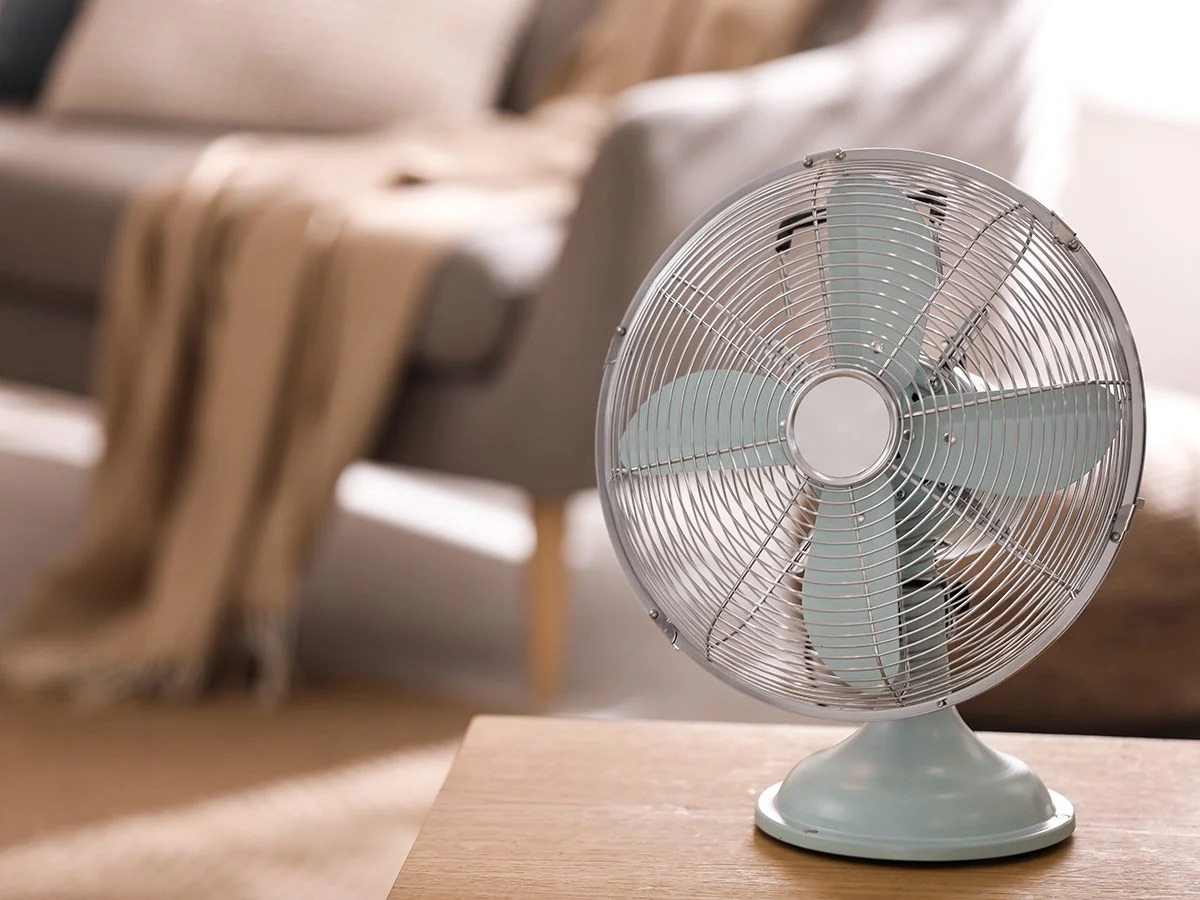
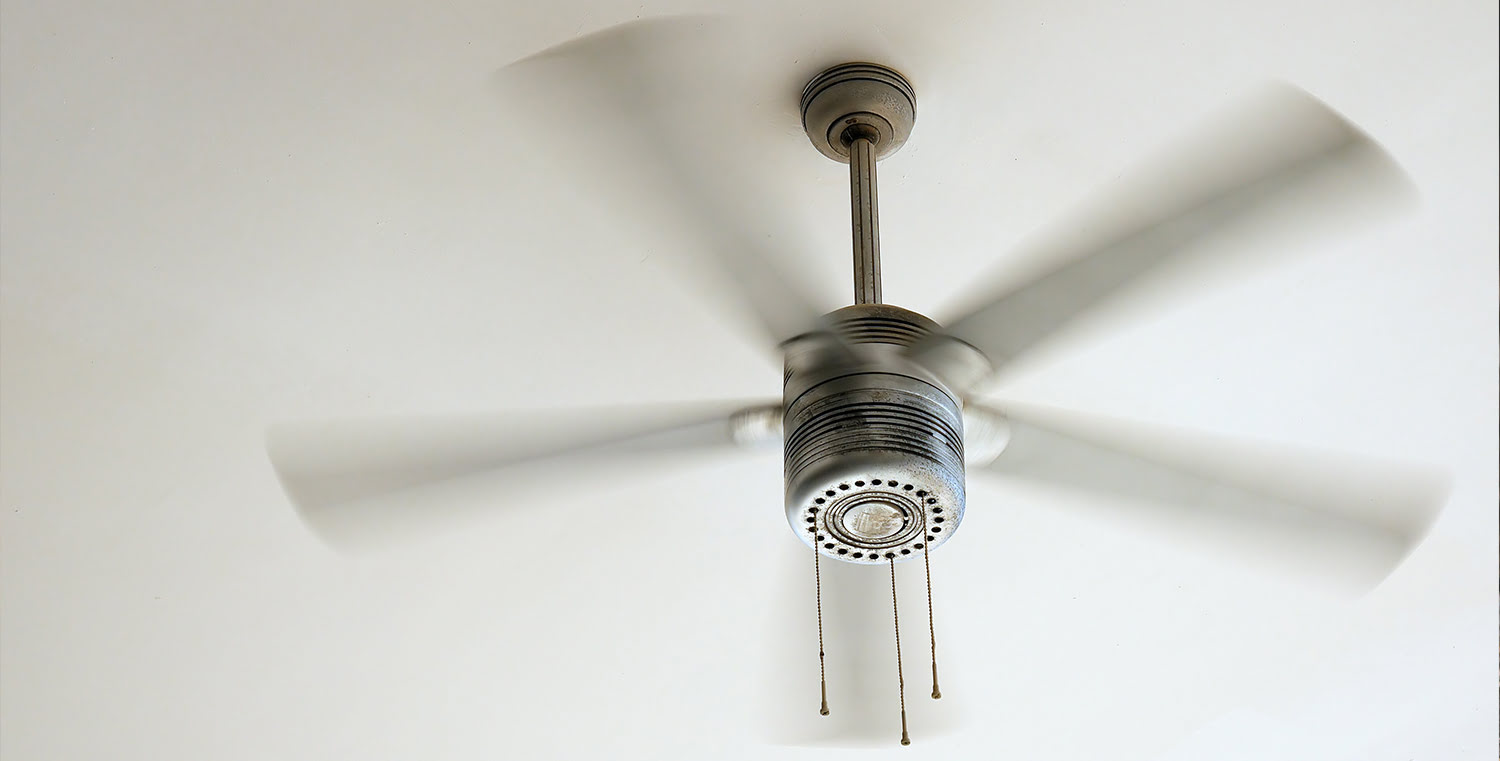
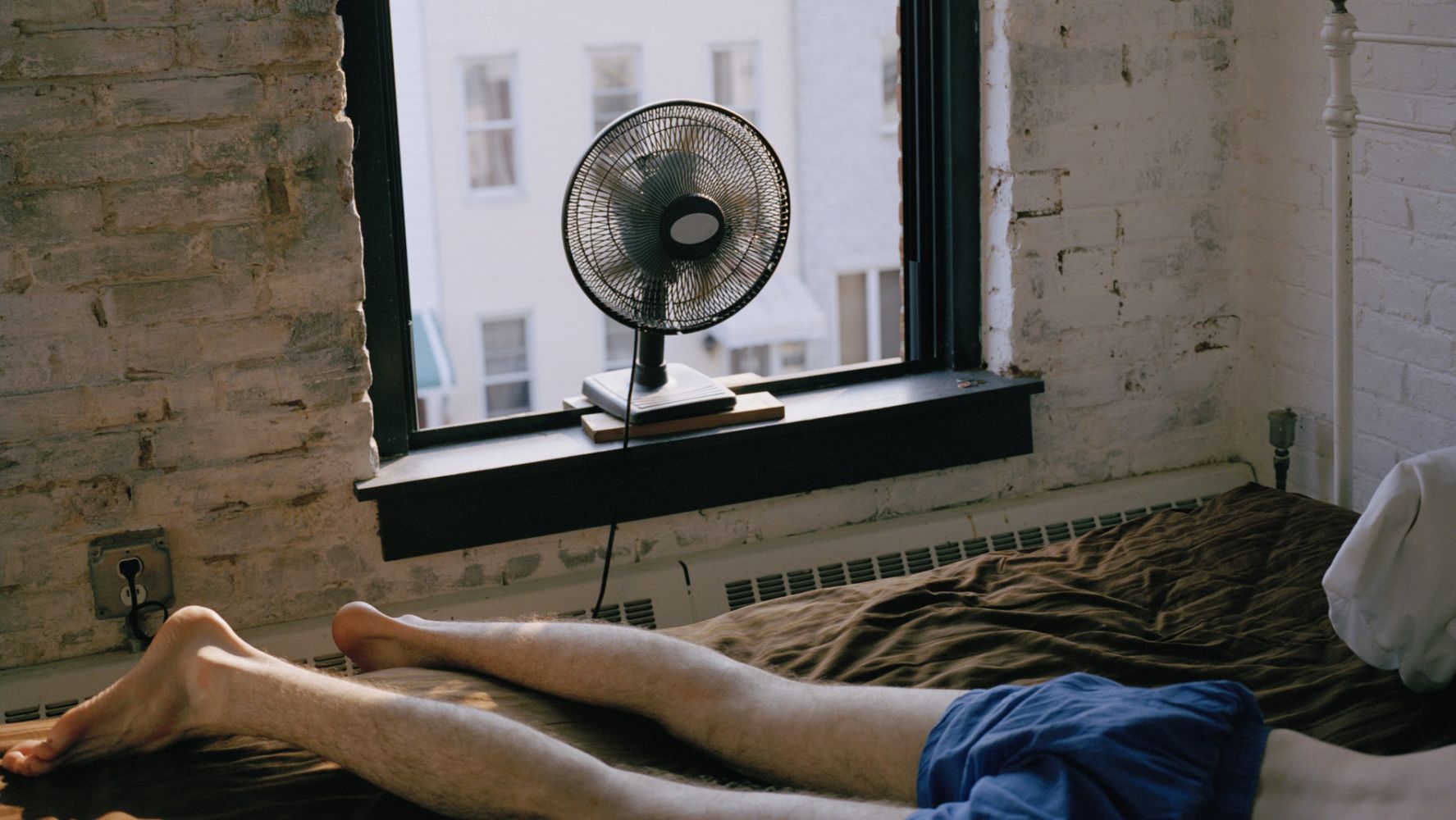
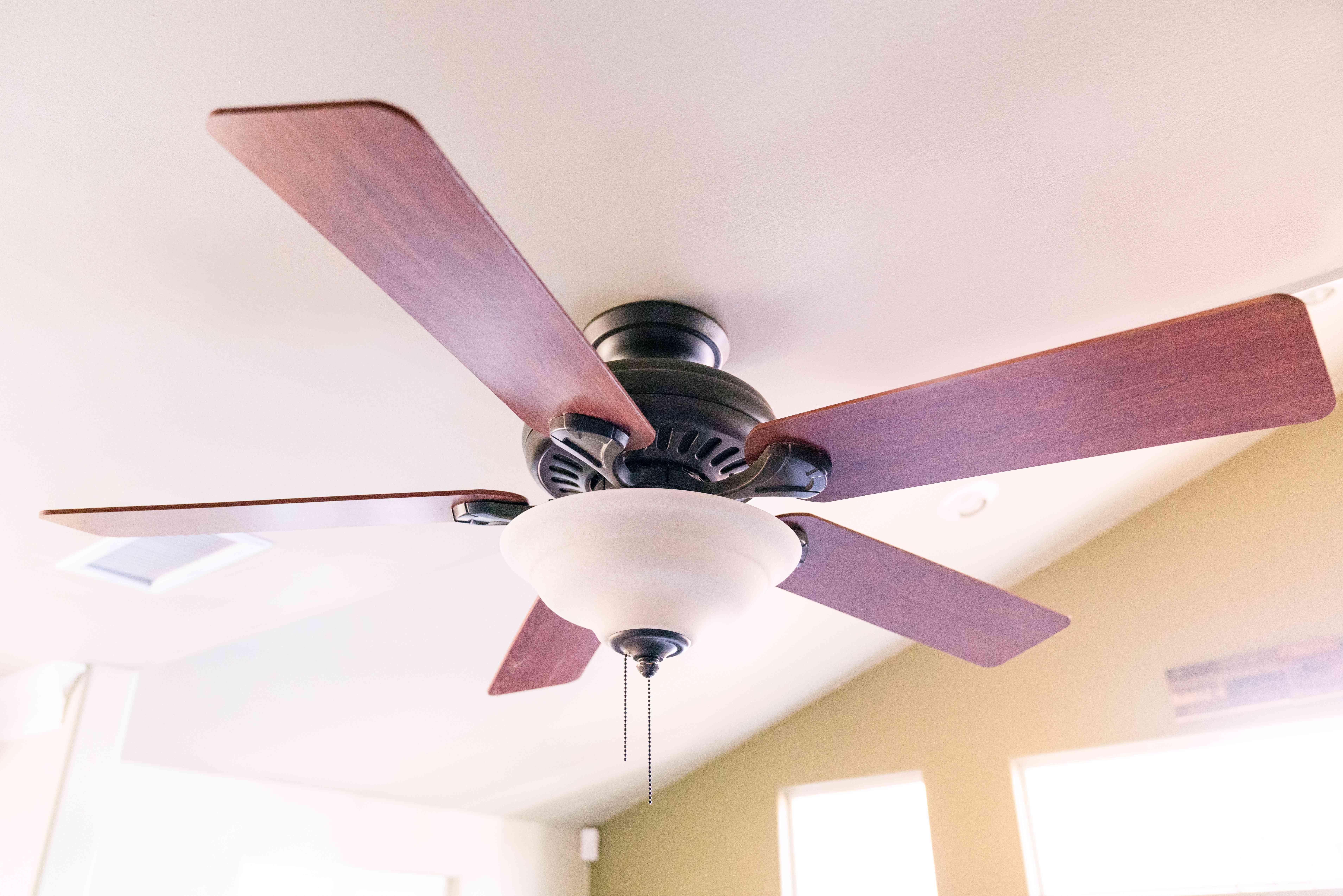
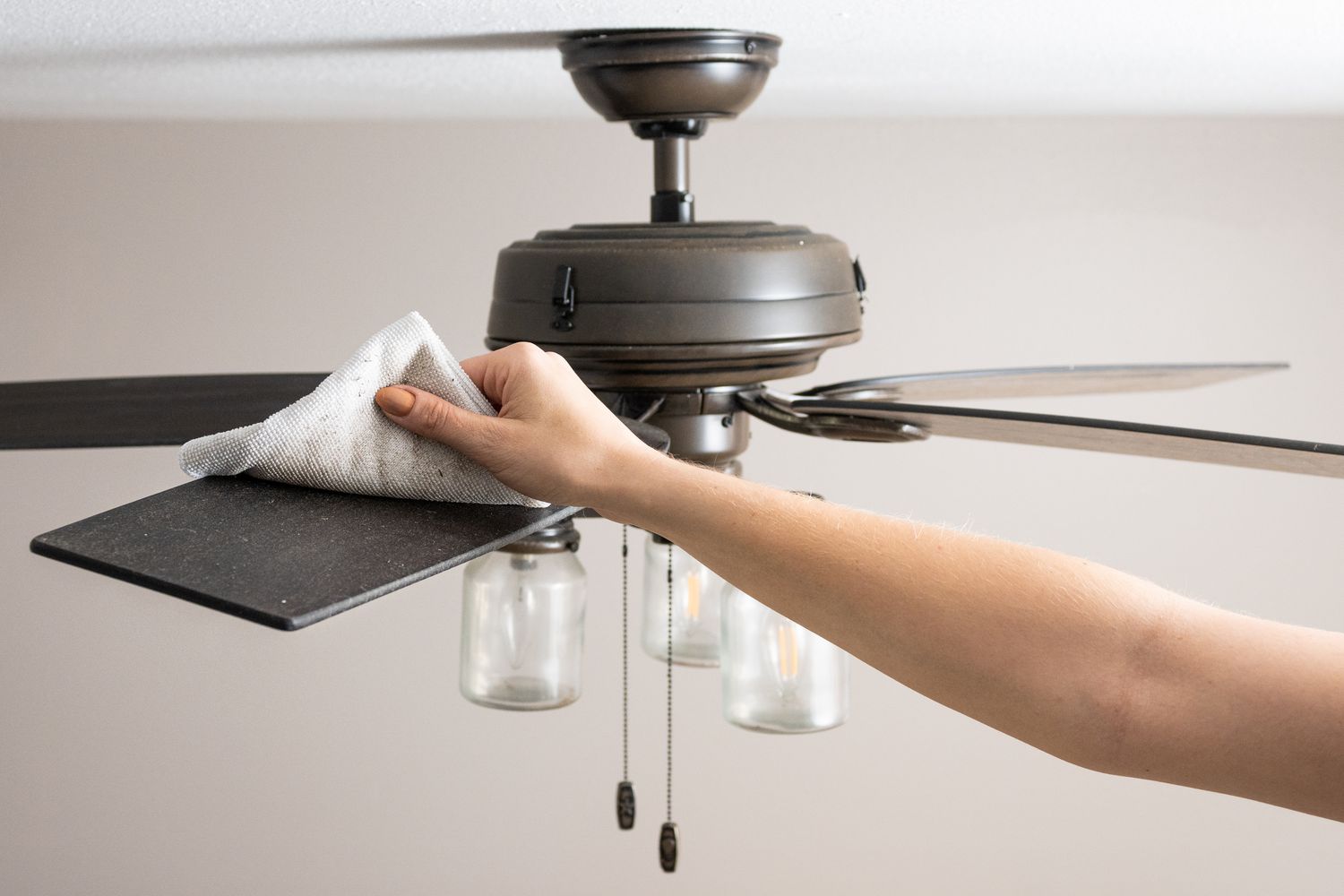

0 thoughts on “How To Cool Down Without AC”